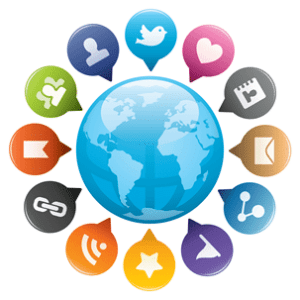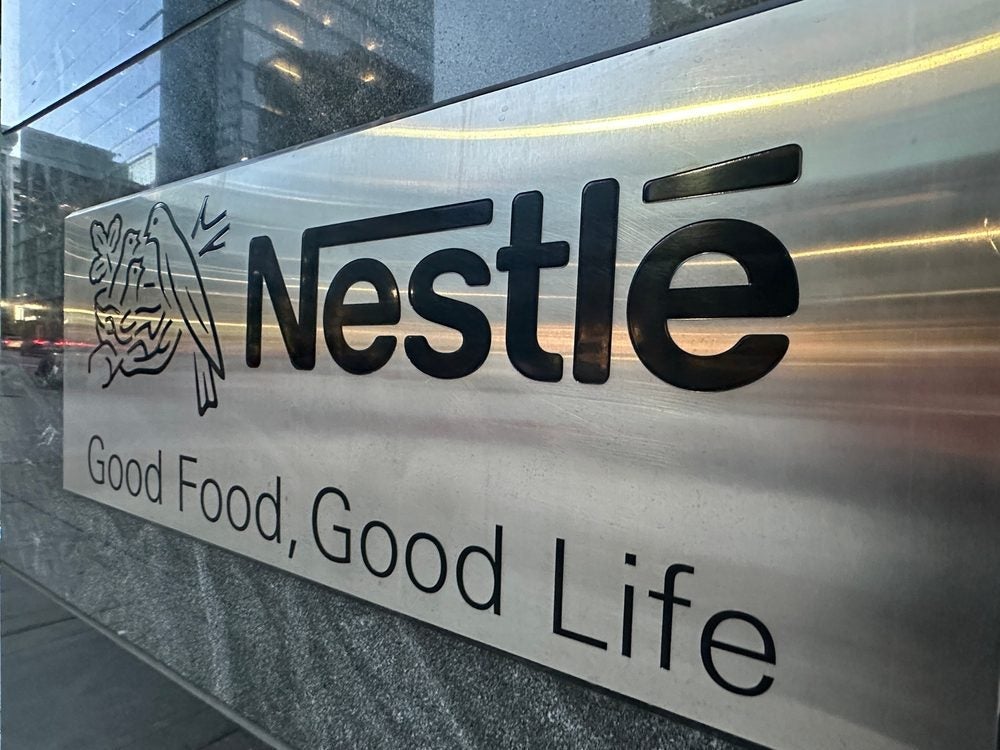 Content marketing that connects with audiences in a measurable way is essential for B2B social success, especially on LinkedIn.
Content marketing that connects with audiences in a measurable way is essential for B2B social success, especially on LinkedIn.
“Marketers need to remember that just because something is content doesn’t mean is content marketing,” says Rebecca Lieb, an industry analyst specializing in advertising media at Altimeter Group. “Content strategy is needed. You need to know what do you want it to achieve? Do you want it more inquires for your business? Are you trying to showcase executives in your company as experts in your field? There are a variety of things LinkedIn can bee use for and you need to know what you want to accomplish.”
Lieb will be a featured speaker in the “Converting on Social: Building An Active, Participatory Conversation With Your Customers” session during the B2B LeadsCon Summit at the Marriott Marquis in Times Square, Aug. 14-15.
Originally, LinkedIn was built more around HR and recruiting. “There wasn’t a lot of thought leadership there, but now there’s a lot of promote content with high profile people, similar to what American Express did with Open,” Lieb notes.
 B2B marketers who want to create successful content for LinkedIn and other platforms must avoid talking about themselves and concentrating on pitching their product. Rather, they need to create interesting and engaging content that is fun and challenging.
B2B marketers who want to create successful content for LinkedIn and other platforms must avoid talking about themselves and concentrating on pitching their product. Rather, they need to create interesting and engaging content that is fun and challenging.
“Remember that content marketing isn’t advertising and be transparent,” she says. “It isn’t a hard sell, it is about being interesting, informative and compelling—write as a journalist or a storyteller would, not a marketer.”
Of course, Lieb says, measurement is key, and that can be troublesome for marketers. But what’s the best way to measure content marketing ROI.
“We’ve seen some really strong examples of how to do that,” she notes. “Eloqua, for one, decided they wanted their content to be read by quality leads who had a title of vice president or above.”
Eloqua achieved this by creating ebooks and whitepapers and then tracking who was downloading and reading those materials. The company was able to attribute several million in revenue to these efforts.
As marketers get better at creating models to govern how online content is measured and organized, the C-suite is starting to understand the value of content marketing. Lieb notes that she recently spoke to someone at Goldman Sachs who said their brand group had been renamed the brand and content marketing group. “So we’re starting to see it formalized in company structures.”
There are three types of marketing content—content that entertains, content that informs and educates, and utility content, like apps, mortgage calculators, diet programs and restaurant finders. The lines dividing how B2B and B2C marketers uses content get blurred more and more every day.
For example, says Lieb, a B2B company that sells mainframe computers created a YouTube channel to showcase a program that was a parody of “The Office.” It was an episodic serial that was informative and entertaining, and a fun way to promote the computers.
Consumer brands, meanwhile, are crafting very educational content. A shoe manufacturer might create content informing people on things they need to know when buying an athletic shoe, such as what to look for when you need extra arch support.
For more information on B2B Leadscon, with content powered by Chief Marketer, Aug, 14-15 in New York, click here.
 Network
Network

